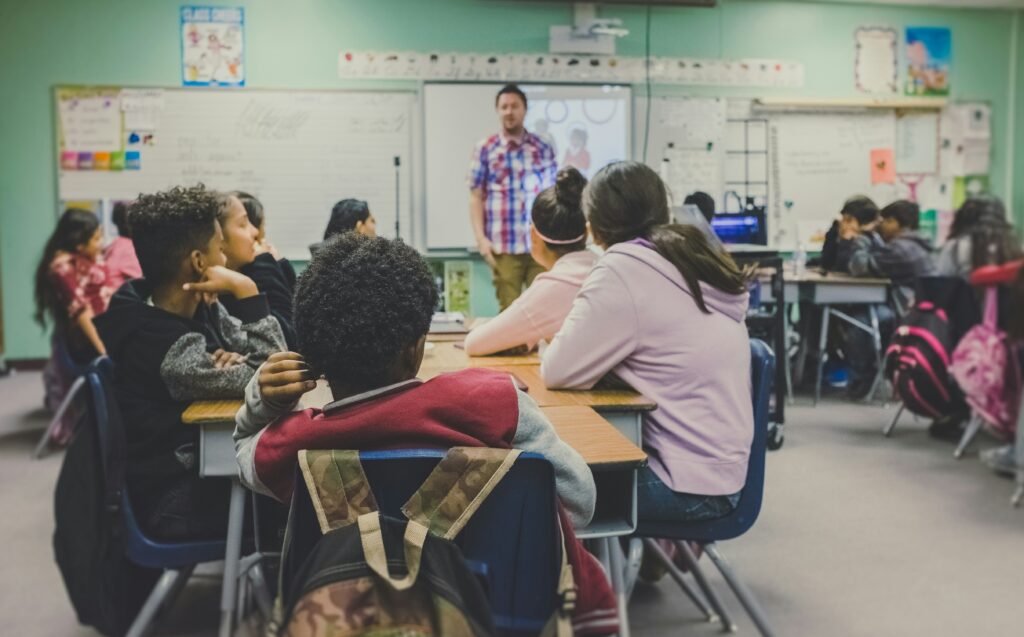What Pedagogy Means to Me
In this module, we focused on the concept of Pedagogy and Instructional Design in the Digital Spaces. For me, Pedagogy is the way instructors as well as the students make use of the course content to make it more relevant and engaging. It consists of all the strategies/techniques educators employ to make knowledge absorption effortless for their students. Pedagogy has significantly affected my own learning experiences throughout my schooling years and continue to enhance my undergraduate studies. Teachers who incorporate a more active environment, where collaboration and participation is required has allowed me to retain much more knowledge. There have been many studies done that conclude that teaching environments that are active, social, and engaging resulted in students having a more sophisticated understanding of the material (Center for Teaching Innovation, n.d.). From these experiences and studies, I will definitely apply collaborative techniques to my teaching practices to make the learners experience more fulfilling.

Networked Pedagogy
Networked Pedagogy, which is collaborative learning through the internet has many ways that can enhance one’s learning experience. One of the main benefits is that technology makes sharing online resources, whether that consists of videos or articles straightforward for everyone. These extra supplementary information can help complement one’s understanding of the subject matter by providing diverse perspectives. The video below does an excellent job providing some of the advantages students have because of online learning. In short, it talks about when about 50 years ago, when someone had a question, they had to rely upon their parents, friends, or their teachers for an answer. Today, the answer to many questions are just one click away. Connecting online with my peers had greatly enriched my education. Platforms like Discord to Google Docs have allowed me to work real-time with people in different places. These interactions online have resulted in me making lasting connections and friendships. Moreover, access to valuable resources online, whether that consists of webinars or workshops, have made me learn a lot of information that I would not have had without the internet.
Connectivism in Online Learning
Connectivism is a learning theory that focuses on peers being connected through sharing their opinions or ideas through an environment that is collaborative. This theory can be applied in an online setting in a number of ways. Firstly, instructors can include public forums, where students are required to make posts and write comments under other people’s posts. This would promote knowledge sharing, making it easy for students to build connections and strengthen their understanding about a topic. Moreover, including online sessions on a video conferencing platform (i.e., Zoom) and splitting the class into breakout rooms would also make people become more connected by encouraging more discussions among smaller groups. Overall, connectivism will greatly influence my approach to learning and teaching. For learning, I will focus on engaging with my peers through online sources to help gather diverse viewpoints. For teaching, I will try to include more collaborative activities like collaborative research projects or role-play activities where students take on different roles to solve a particular problem.

Role of the Instructor
The role of an instructor in an online setting is much more challenging than an in-person setting as the students will often have less immediate access for support. Thus, it is crucial teachers make it clear at the beginning of the course about how to seek help so students feel they are supported and have resources to turn to when needed. Furthermore, it is crucial teachers have empathy toward their students in online settings. Empathetic teachers make students feel valued; as a result, increasing their motivation and reaching out for help when problems do occur (Zhang, 2022). In the past, I have had many great teachers who made online learning excellent. In short, they ticked off all the qualities I have suggested above. Ultimately, they had a positive attitude, respected their students, and provided excellent ways to collaborate with peers and provide online resources to make the overall learning experience special.
Exploring Digital Spaces

Engagement in digital platforms has brought both advantages and disadvantages to me in particular. The accessibility is the most noticeable advantage. The convenience of being able to watch lecture videos at your own house and accessing material anytime makes education much more flexible. Moreover, it makes collaborating with peers much more easier than in-person. Having the power to create shared documents makes working on group projects much more manageable – being able to edit together in real time and meet through Zoom regardless of anyones location makes it much more efficient. That said, it also comes with many challenges. Relying extensively on technology can lead to many problems. Poor internet connection or not having the correct device available are a few reasons that could lead to frustration. Similarly, not everyone has the same digital literacy as one another. Regardless, it is crucial we contribute meaningfully to the digital communities we are apart of by being respectful to other peoples technical skills/ perspectives. I believe we can make a powerful digital learning space by being open-minded and supportive of one another!
References
Center for Teaching Innovation. (n.d.). Collaborative learning. https://teaching.cornell.edu/teaching-resources/active-collaborative-learning/collaborative-learning
Zhang, Z. (2022). Toward the role of teacher empathy in students’ engagement in English language classes. Frontiers in Psychology, 13. https://doi.org/10.3389/fpsyg.2022.880935
